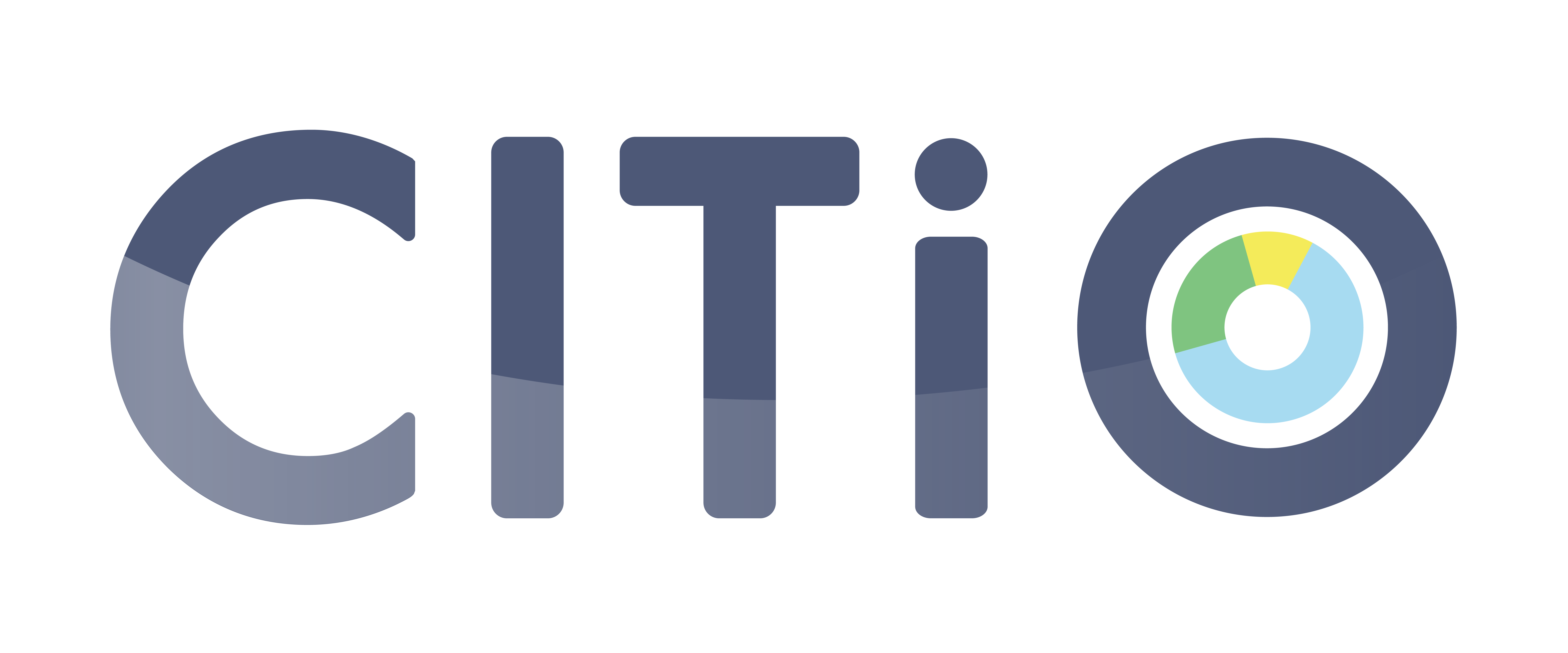What is the IEEE International Conference on Intelligent Transportation Systems?
The IEEE International Conference on Intelligent Transportation Systems is the biggest annual conference supported by the IEEE Intelligent Transportation Systems Society. In September 2023, the 26th annual conference will take place, featuring papers and presentations in the field of intelligent transport systems and foregrounding new developments in the field.
To find out more about the IEEE ITSC, click here.
CITiO to present two research projects at the IEEE ITCS
CITiO recently submitted two research papers written by our R&D team for presentation at the IEEE ITSC, and they were both accepted!
The two algorithm methods developed by CITiO that will be presented provide a better understanding of journey flows in transport systems and enable them to be modelled more accurately. We can’t wait to present our research work that is aimed at improving our understanding of mobility and transport and designing ever more innovative solutions to meet the challenges of today.
The two papers cover the following subjects:
Knowing on-board occupancy without counting sensors 🔮
The first paper covers the following topic: “Extrapolating occupancy on a transport network by combining ticketing and counting data.” This explains the process CITiO uses to reconstruct information about on-board occupancy, even on buses not equipped with counting sensors. Just 20% of the bus fleet has to be equipped with counting sensors for the extrapolation to work. Thanks to this algorithm, there is no need to invest huge sums in equipping buses with counting sensors.
Removing inconsistencies in counting data 🪄
The second paper covers “Denoising data in automatic passenger counting sensors”. Counting sensors in vehicles can be inaccurate or malfunction, leading to inconsistencies in the data collected. Denoising is an algorithmic data-reprocessing method to remove these inconsistencies. The paper explains the method used at CITiO to denoise data from counting sensors. What is the objective of this? To obtain occupancy, boarding/alighting, routes with over-occupancy and prediction indicators that are more closely aligned with observed reality on the ground, and to make them available on our various SaaS platforms.
Existing resources on these subjects
Knowing the occupancy on board vehicles in public transport is a key issue at CITiO. That is why we have created content to explain our various approaches and results, and provide some real-life use cases. Find them in the links below:
- Use case in which we compare our algorithmic Origin-Destination (OD) reconstitution with an on-site survey in Tours: find out about it here.
- Webinar in which we explain how we reconstruct journeys with the help of algorithms. See the recording here (in french).
- Article on the limitations of field surveys for knowing ODs, and the software solutions to these limitations, read here (in french).
Infographic of one of our algorithms on ODs that makes it twice as likely to reconstitute the correct exit station find it here (in french).

